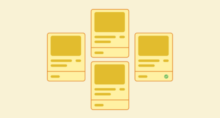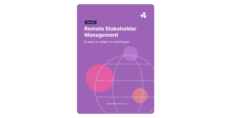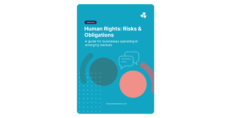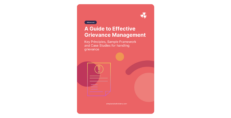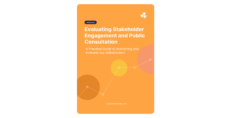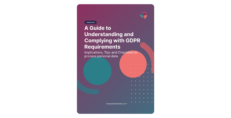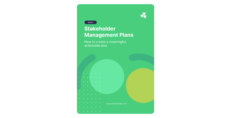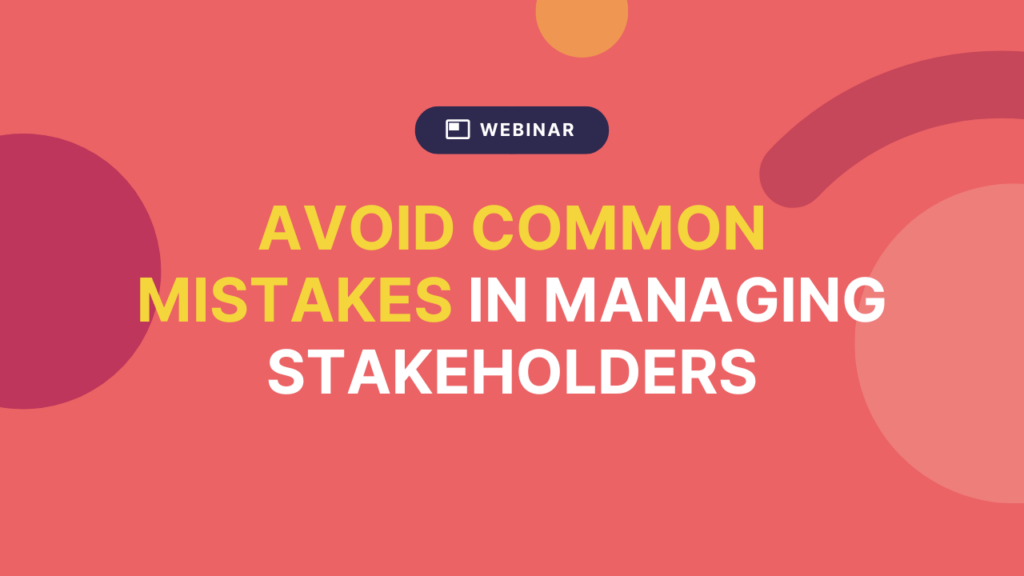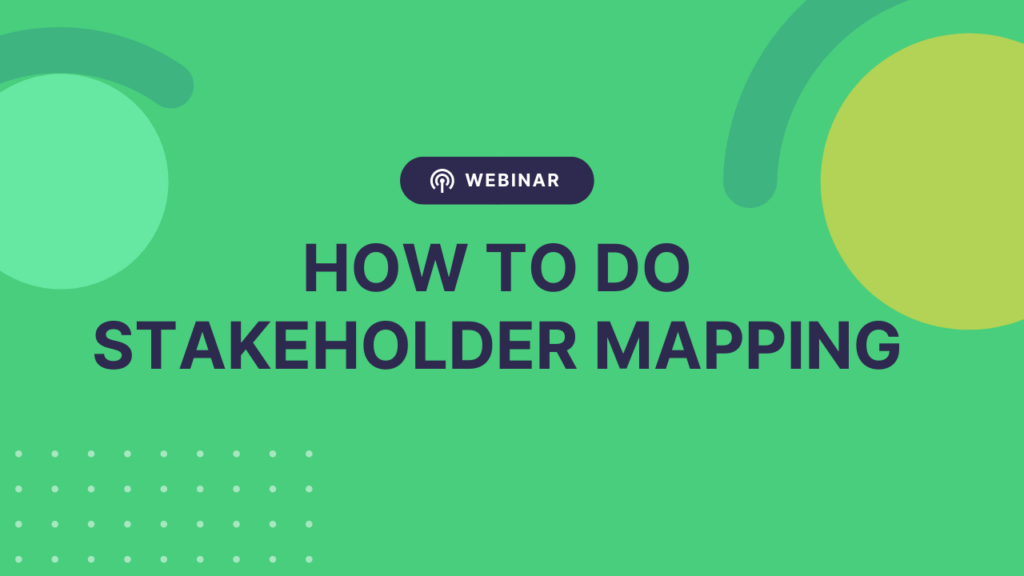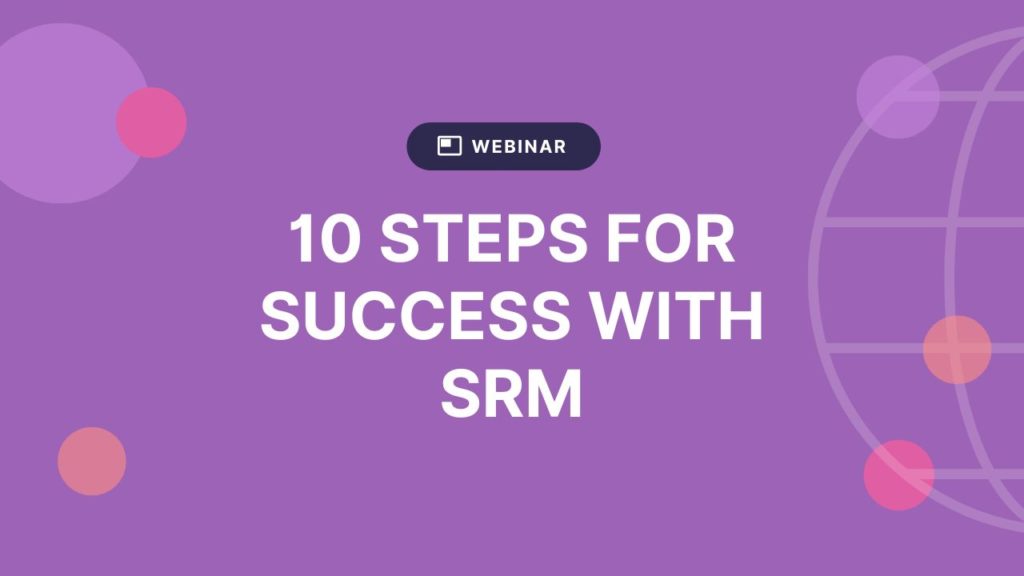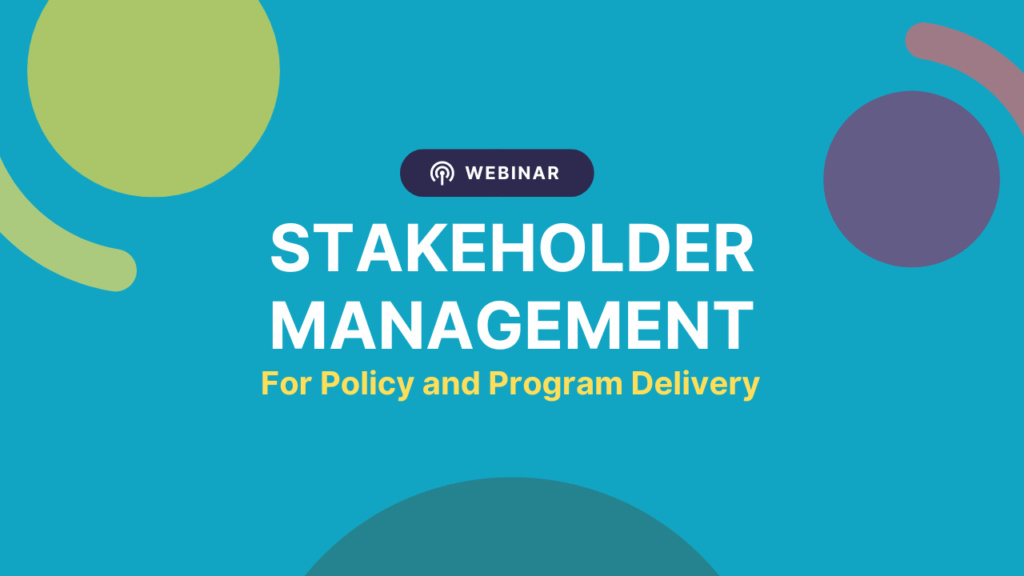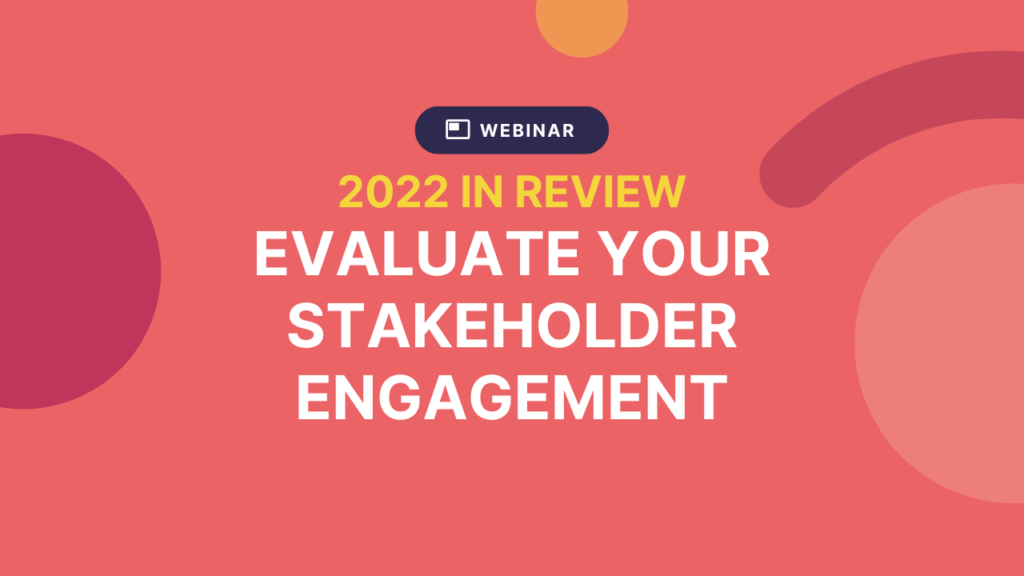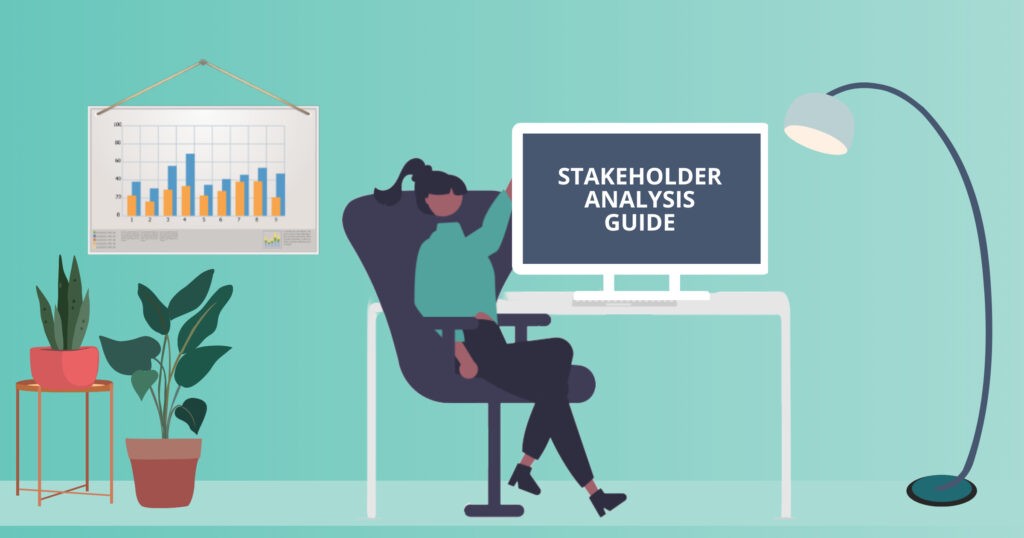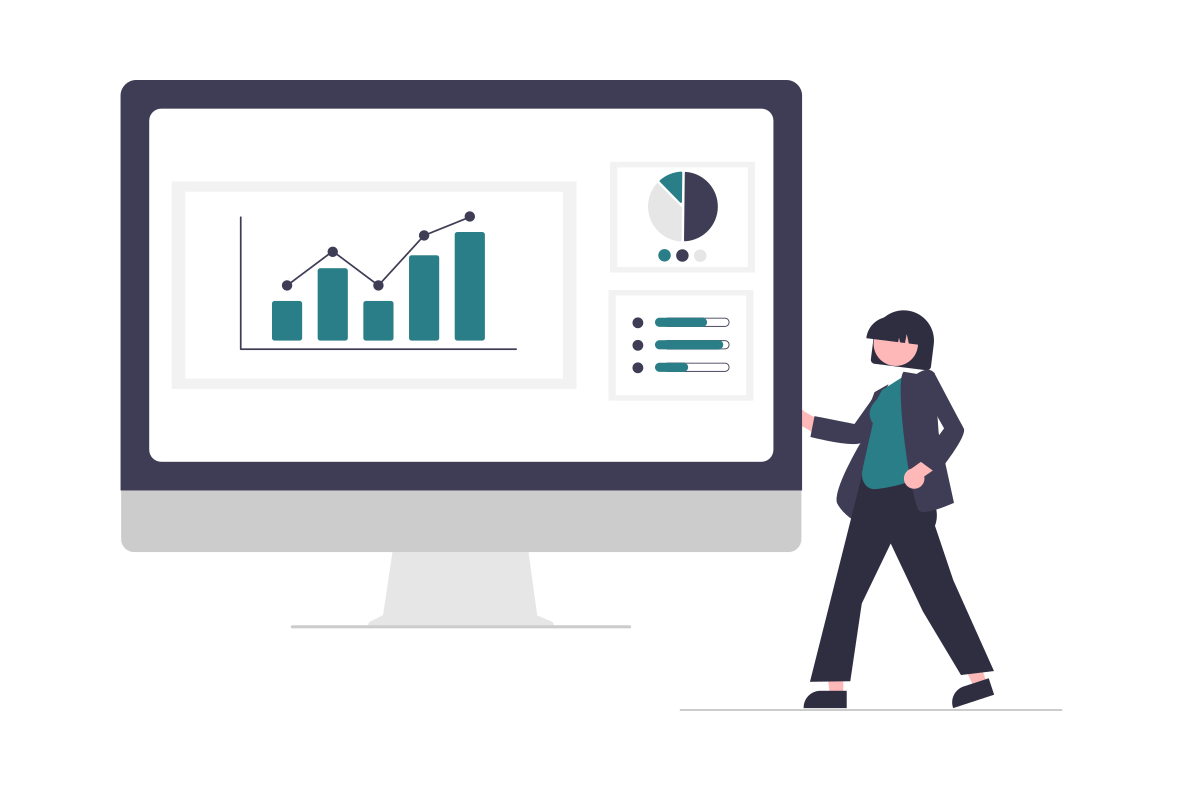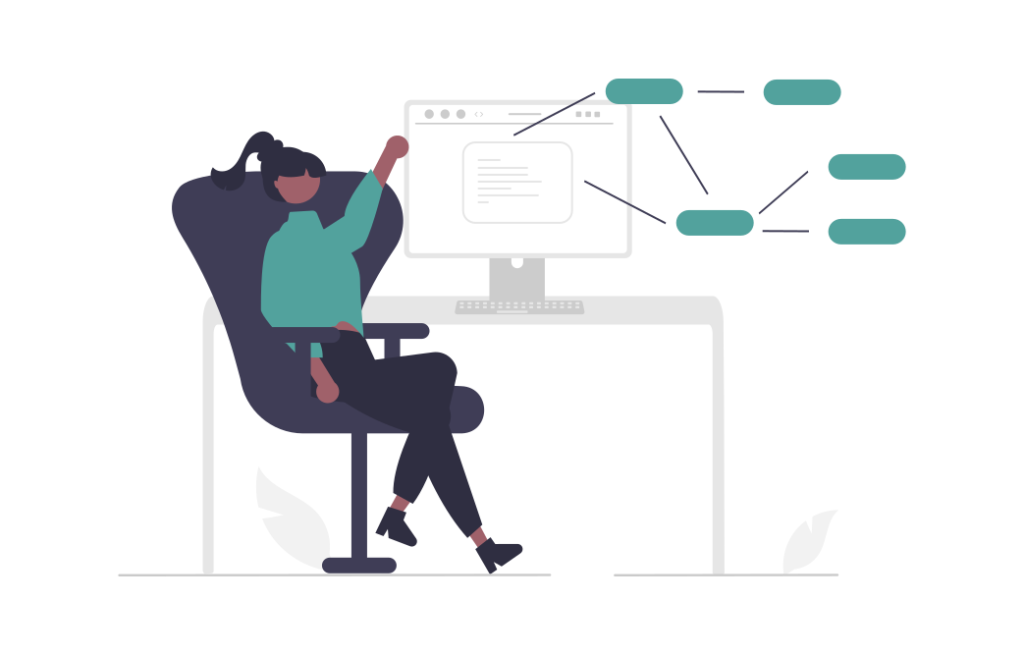Time to Upgrade Your CRM to Enterprise Relationship Management Software?
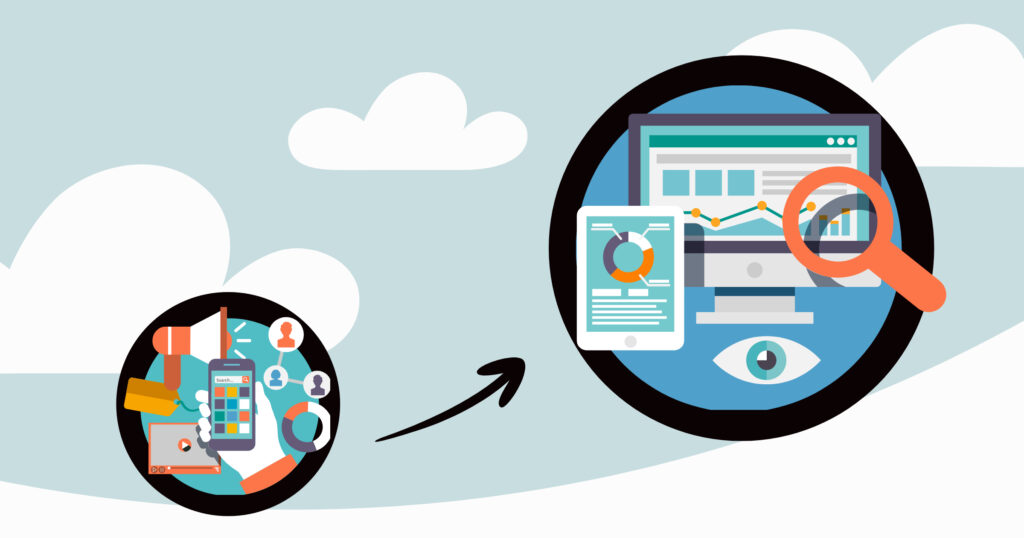
Many organizations start tracking their important relationships in a simple spreadsheet and then move across to a CRM system. But what happens when you outgrow your CRM’s capabilities for relationship management? Where do you go next?
It might be time to consider enterprise relationship management software.
But before you make the move, here are a few things you might want to think about…
The Difference Between CRMs and Enterprise Relationship Management Software
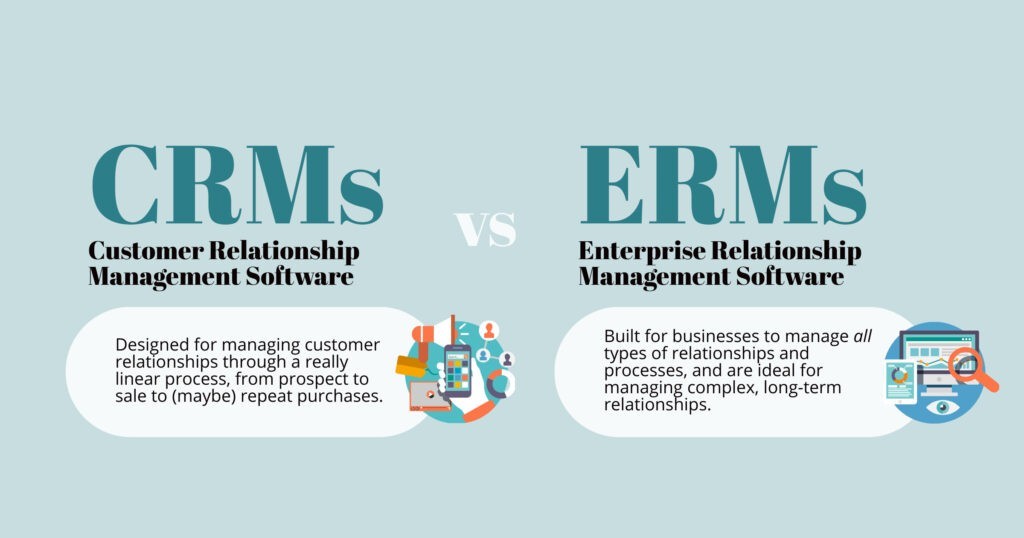
First of all, you should understand the differences between a CRM and more advanced relationship management software. Because at first glance, they might look kind of similar. Both are software or tools designed for managing relationships. But the main difference is this:
- CRMs are designed for managing customer relationships through a really linear process, from prospect to sale to (maybe) repeat purchases.
- Relationship Managers like ours are built for businesses to manage all types of relationships and processes, and are ideal for managing complex, long-term relationships.
In the words of one of our customers:
“Customer relationship management systems are always linked to a customer and a sales contract.”
Already, it should be pretty clear from this whether you need a CRM or something more advanced and flexible.
Relationships (and Businesses) Are Multi-Dimensional

We’ve already talked about the issue with CRMs following a linear process. This becomes a real sticking point when you need to deal with multi-dimensional relationships and business projects.
One of our customers articulated this issue nicely, saying:
“In a CRM system, you’ve got a one-to-one relationship. You’ve got a relationship manager with a customer, with a sales contract. But I needed to build a relationship map that could extend to multiple regions and multiple projects — and I needed to cross link them, with many-to-many relationship mapping.”
You might need a way to visualize or manage relationships with multiple people in an organization, across multiple organizations, that may be involved in multiple projects, and may also interact with multiple people who work in your organization…
You need that context in order to do your best work and appropriately handle those relationships.
It’s near-impossible to manage this level of complexity when you’re stuck with a CRM’s linear, one-dimensional structure. You need a tool that can do relationship network mapping, advanced tagging, and that offers flexible ways to structure your data.
An enterprise-grade relationship management tool (like Simply Stakeholders) is the only practical way to track and manage these relationships in one place.
Time is of the Essence

Of course, there’s nearly always a workaround for everything. If you’ve managed to get to this point, you’ve probably cobbled together multiple tools and manual processes to try and track or manage whatever relationships you need to
But (as you are well aware) that takes up time you just don’t have. Your time would be better used for communicating with the people whose relationships you’re tracking, and ensuring those relationships get stronger and add value to your organization.
If time is of the essence, you could benefit from upgrading your tools to something that’s easy to configure, adopt, and use. Like Simply Stakeholders, for example.
One Place For Everything
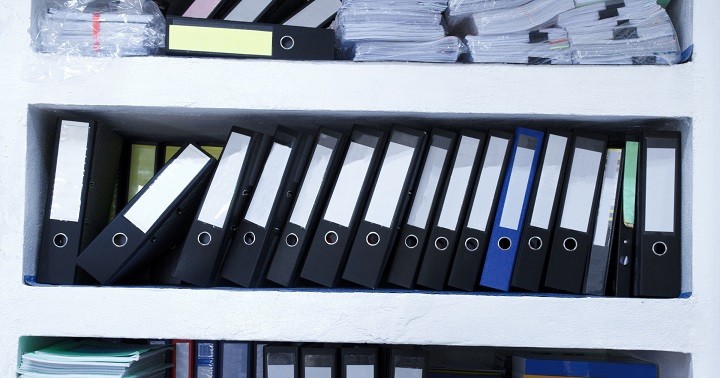
There’s another issue that comes along with cobbled together solutions and workarounds. You end up with information in all sorts of inconvenient places. There’s double ups and inconsistencies. There’s no real source of truth, and you continually find yourself telling people where to put information — and probably forgetting where you put that information yourself. It’s a document management catastrophe!
As one of our customers shared:
“People don’t create files with the right names unless they understand proper document management. And then you end up with files all over the place. Instead, I can simply attach it in the system, it’s there, and it’s linked nicely.”
By the way, that’s not even touching on the potential security/privacy issues with information stored in various locations. Most organizations simply can’t afford to take the risk.
In case it’s not already abundantly clear… upgrading your relationship management system will give you one place to store all the relevant information, in a clear, pre-formatted structure your team can quickly get onboard with.
Step Up Your Relationship Management

Speaking of which, an interesting thing can sometimes happen when an organization moves across to our software.
Because it comes pre-configured with a structure (and features) that support relationship management best practices, users may find themselves shifting their approach to stakeholder and relationship management as a result.
Another user of ours shared:
“Now that they’ve seen how to use it and are applying the principles used in Simply Stakeholders to shape what they’re doing, they’re learning from us, building capability, and actually stepping up to the next level.”
Levelling up your relationship management tool might just level up your relationship management practices, too!
Get Enterprise Level Service

Most likely your CRM worked out of the box — you signed up, uploaded your files, and were able to start accessing all the features right away (even if those features weren’t exactly the right fit).
On the other hand, when you invest in an enterprise level tool, it generally comes with premium service, custom-configuration, and hands-on support.
Of course, this does mean that you probably won’t be able to start using your new relationship management software immediately. Configuration might take a couple of weeks, depending on your requirements. But it also means that you’re far more likely to get something that’s tailored to your needs, with expert support to see you and your team succeed.
Reach Out to Demo Our Enterprise Relationship Software
Hopefully these considerations have helped you get a better idea of where you are in your journey towards enterprise relationship management software and whether it’s time to upgrade your CRM.
If you’d like a demo of Simply Stakeholders, we’d love to help. Reach out to our team to book a demo or let us know if you’ve got any questions.
Learn More
Still thinking about CRMs and relationship management software? Check out our related content:
- Stakeholder Systems vs CRMs: 9 Signs CRMs Aren’t Working
- What is the Difference Between a CRM vs SRM
- The Benefits of Relationship Management Software
- Business Relationship Management: Best Practices for Success
- Corporate Relationship Management: When Asana & Spreadsheets Don’t Cut It Anymore
- 6 Ways Stakeholder Management Software Delivers ROI

